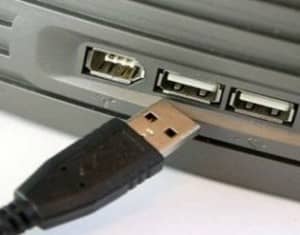 In September 2007, the USB 3.0 Promoter Group officially announced its intention to develop a new specification. These specifications have now been finalised.
In September 2007, the USB 3.0 Promoter Group officially announced its intention to develop a new specification. These specifications have now been finalised.
"The finalisation of the USB 3.0 specification means that any manufacturer or software company can now download the spec and begin designing and building to it" says Jeff Ravencraft, USB-IF President and Chairman.
USB 3.0 will replace the USB 2.0 specification released in April 2000 with an increased data transfer speed and improved power efficiencies.
Ravencraft explained that where a 25GB high-def movie would take quarter of an hour to transfer at present, SuperSpeed USB is estimated at taking just over 1 minute.
The improved power efficiencies will mean an improved battery life for users. Portable devices on charge via USB 3.0 will be able to draw more energy making charging quicker.
But what about all the USB 2.0 products we already own? Well, Brian O'Rourke, Analyst at InStat states, "USB 3.0 will be backwards-compatible with previous versions of USB 2.0, which is entrenched in PC's, PC peripherals, consumer electronic devices, mobile phones and other applications".
Looks like a win-win situation in theory and I guess you can't really complain about more speed or improved battery life. But I'm sceptical, as I'm sure are many others, so I await a few hiccups when USB 3.0 finally begins its roll-out.
